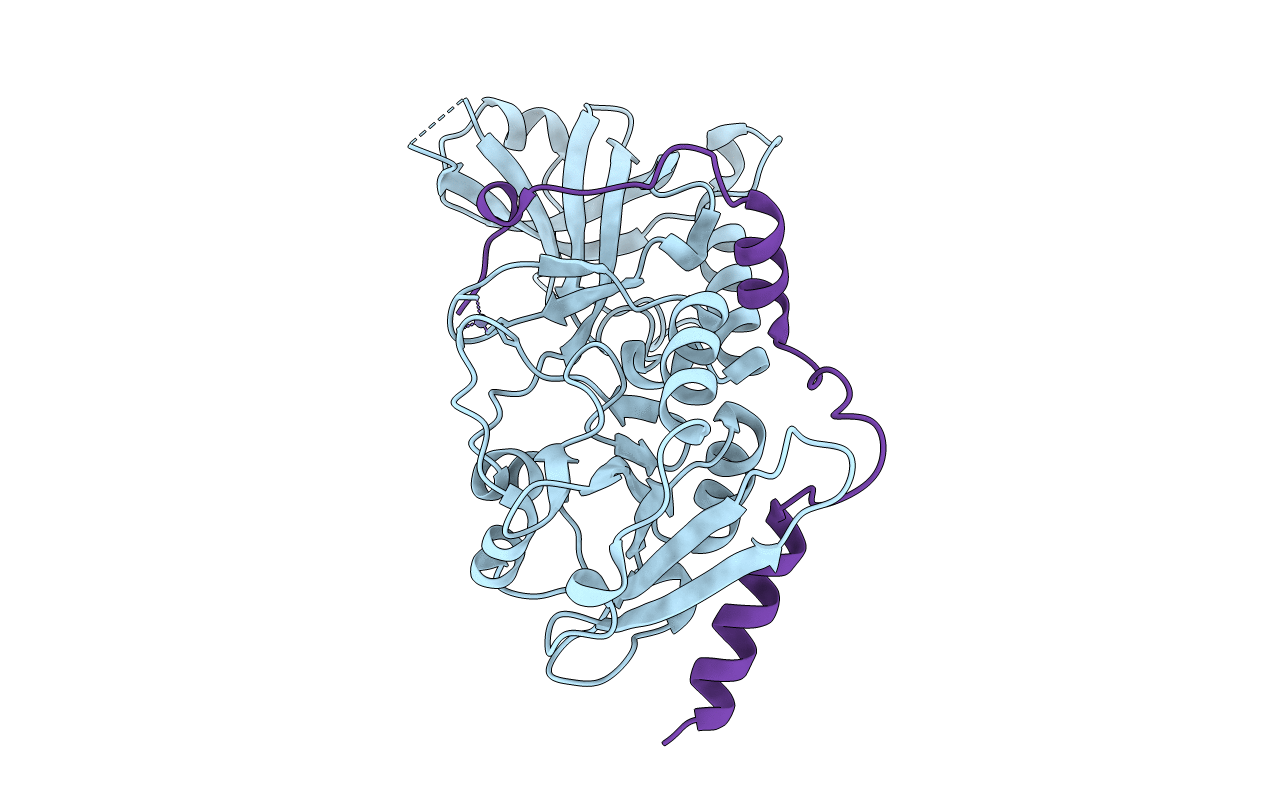
Deposition Date
2016-11-10
Release Date
2017-05-31
Last Version Date
2024-03-20
Method Details:
Experimental Method:
Resolution:
2.10 Å
R-Value Free:
0.24
R-Value Work:
0.19
R-Value Observed:
0.19
Space Group:
P 21 21 21


